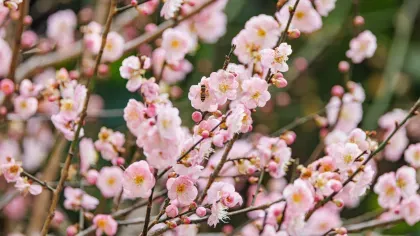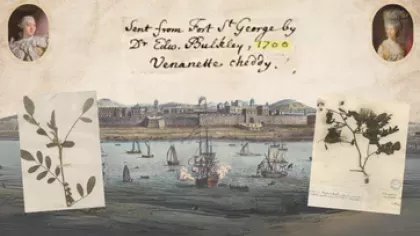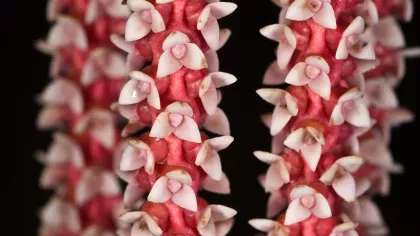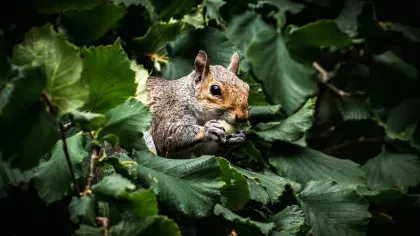14 August 2020
Top 5 trees in films
From the Whomping Willow to Treebeard, we round up our top 5 favourite trees made famous in films.

Trees have long been depicted in storytelling.
From angry willow trees to spiritual baobabs, we round up 5 famous trees that make an appearance in movies.
The Whomping Willow (Harry Potter)
Appearing in both the Harry Potter books by J.K Rowling, and the Harry Potter films, this magical willow grows in the grounds of Hogwarts school for witchcraft and wizardry.
Famous for its violent tendencies, the willow swings its branches at anything it touches. It's limbs are depicted as arms which whack people that come too close.
The tree appears first in Harry Potter and the Chamber of Secrets, where it attacks Harry and Ron when they crash into the tree in a flying car.
In real life, willow trees are far from violent and are often symbolic of sadness.
In poetry, willows are often connected with grief, such as in Shakespeare's Hamlet where Ophelia drowns near a willow tree.
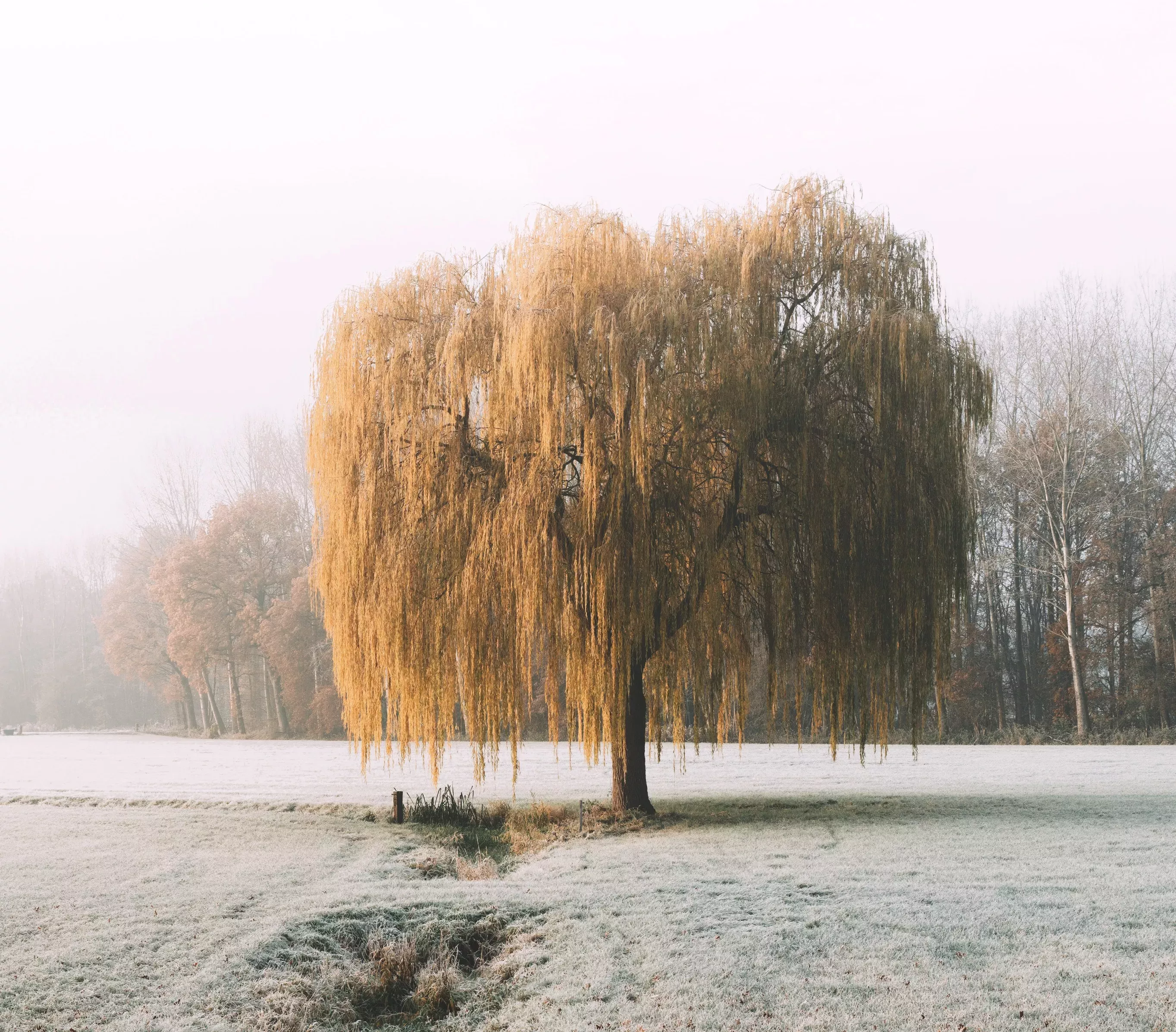
Treebeard (The Lord of the Rings)
J. R. R Tolkein's most famous work, The Lord of the Rings is set in the fictional world of Middle Earth. Middle Earth is home to all sorts of weird and wonderful creatures including hobbits, elves, dwarves and wizards.
The character of Treebeard is an ent, an ancient tree-like creature that protects the forests in Middle Earth from evil forces.
Treebeard is depicted to be an old, wise and knowledgeable creature who likes to take his time. The ents can can walk, talk and move their limbs as if they were arms and legs, and are described to be very strong.
It's thought that Treebeard was based on an oak or beech tree, which are very long-lived, resilient trees.
You can meet a tree that has stood the test of time in our Arboretum.
Our oldest majestic chestnut-leaved oak is the largest of all our trees, measuring almost 37 metres tall and more than 30 metres wide. It's the largest of its species in Britain.
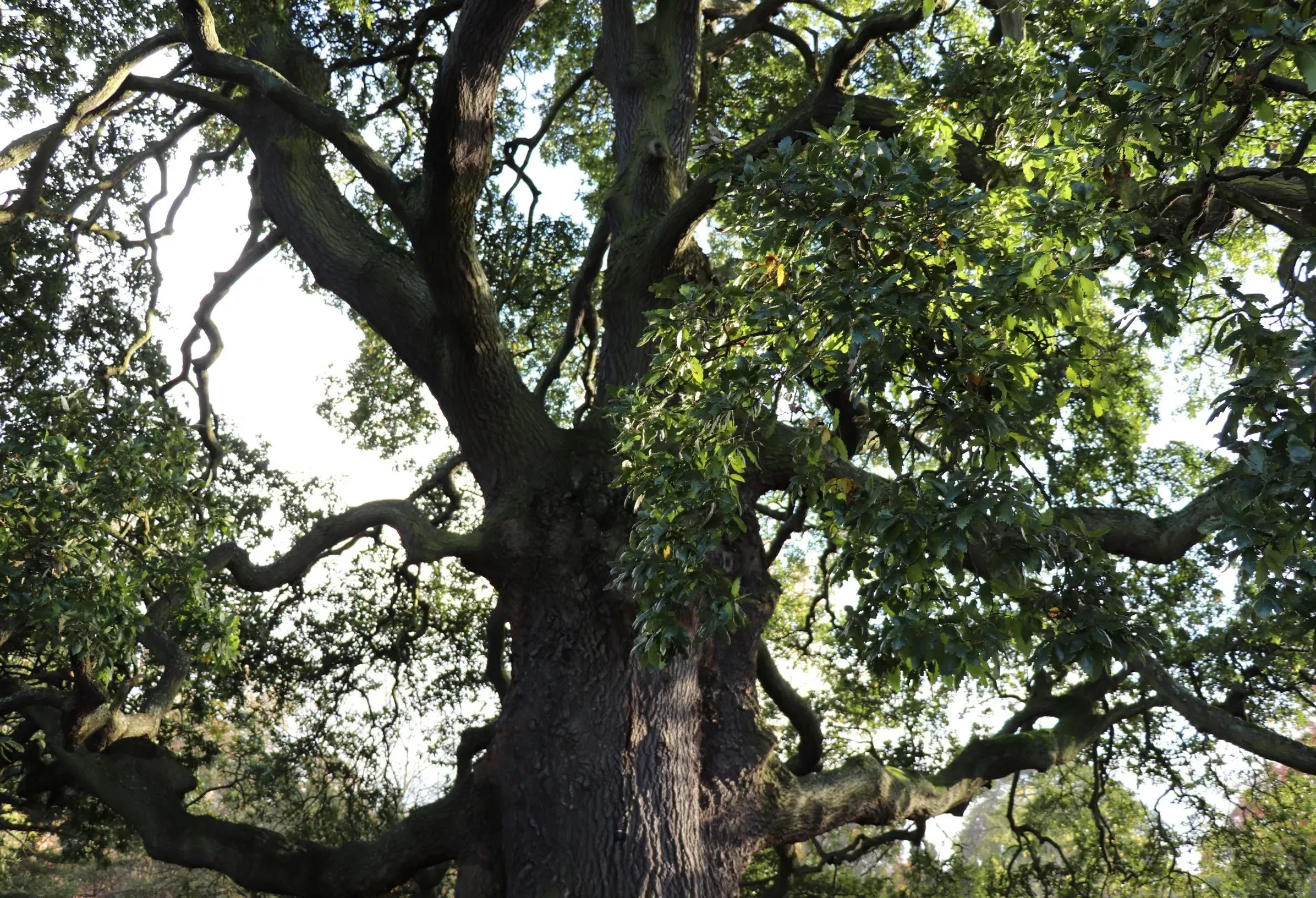
Tree of Life (The Lion King)
Made famous by the 1994 Disney animation, The Lion King is a much-loved classic children's story and tells the tale of a young lion called Simba.
Rafiki, who is a mandrill (a large baboon) is a wise, spiritual character that guides the young lion.
We see him draw Simba's picture on the trunk of his treehouse home, which becomes a recurring symbol in the film.
Rafiki's tree is a baobab (Adasonia za). Baobabs are long-lived trees that grow on the African continent, including Madagascar and South Africa.
They have adapted well to dry environments. Behaving like giant succulents, up to 80% of their trunks are made of water.
Baobab trees have a very long life-span. In the wild, there are specimens estimated to be a staggering 2,000 years old.
Every part of the baobab tree is useful to humans. The bark of the tree is soft and fibrous and can be used to weave rope and cloth. The baobab fruit is known for its health benefits, with high levels of calcium and Vitamin c. The leaves can be cooked and eaten, and the seeds are used to make ink.
The baobab trunk becomes hollow as it grows and stores gallons of water, which is used as a water source for humans and animals in dry seasons. This is why baobabs are also known as the tree of life.
Hollow baobab trunks have been used as prisons, storage barns and homes. A 47 metre wide baobab in South Africa was even transformed into a bar.
You can see a baobab tree without leaving London. Our baobab lives in the Princess of Wales Conservatory, and grows so vigorously that yearly pruning is essential to stop it growing out of the roof.
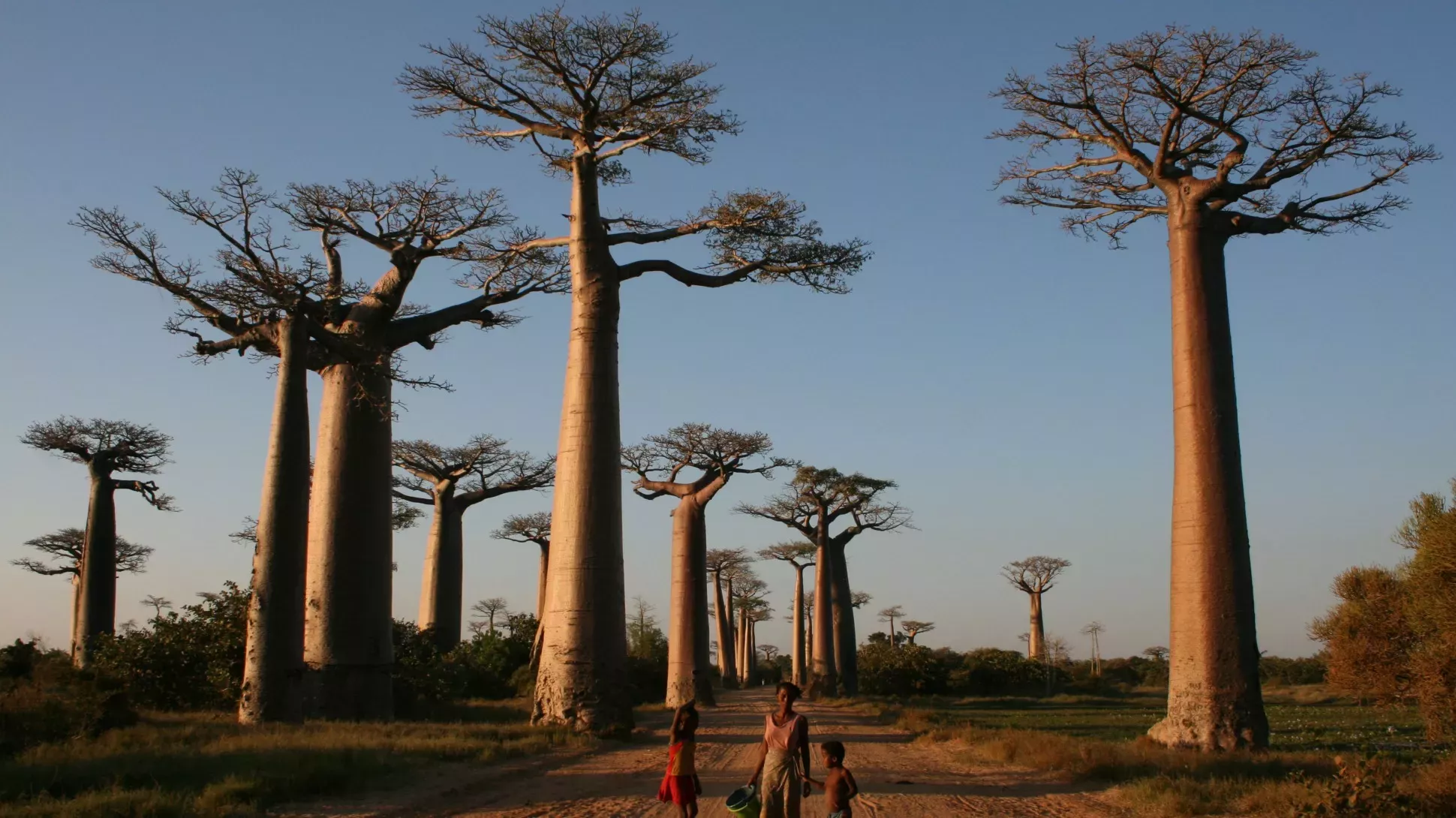
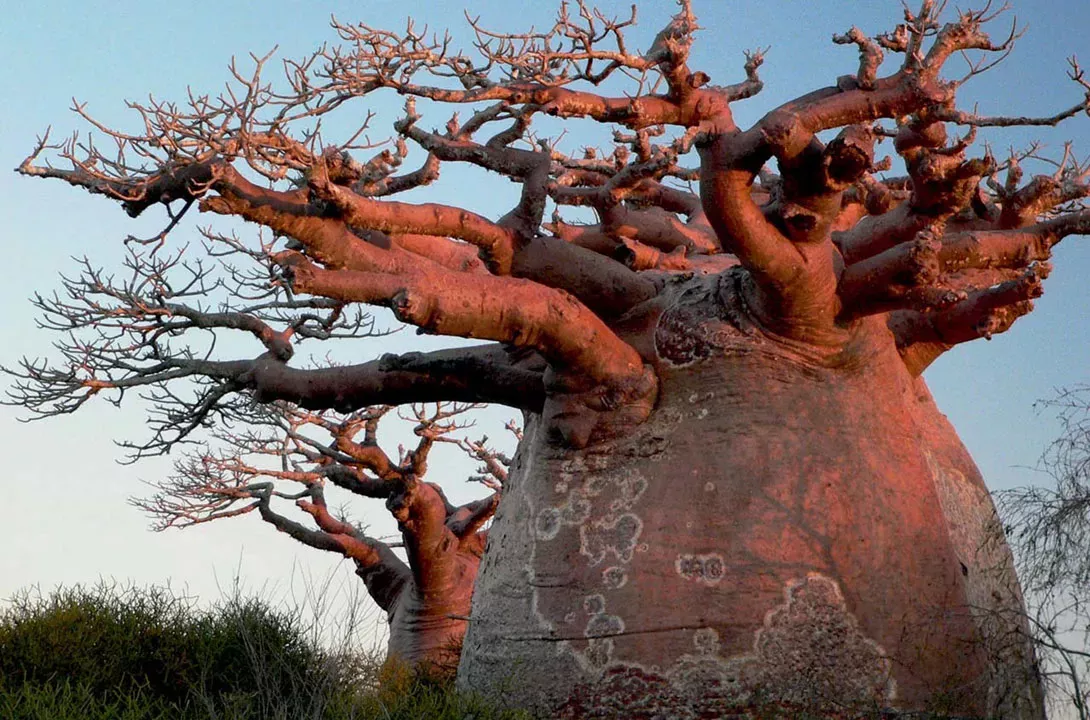
Grandmother Willow (Pocahontas)
This well-known animated musical is loosely based on the life of a Native American woman Pocahontas.
Grandmother Willow is a talking willow tree who is an adviser to Pochantas. Depicted as ancient and wise, she has a gentle character and offers Pocahontas guidance.
Growing by the water, Grandmother Willow's branches are alive with fluttering birds and owls.
Willows belong to the genus Salix, and there are around 400 species. They are a favourite with wildlife, as birds like to nest in the branches and willow catkins are a source of nectar for bees.
The white willow (Salix alba) is one of the most distinctive willows, with sweeping branches and slender leaves. Commonly known as 'weeping willows', they're often found near rivers and lakes where their leaves dip into the water.
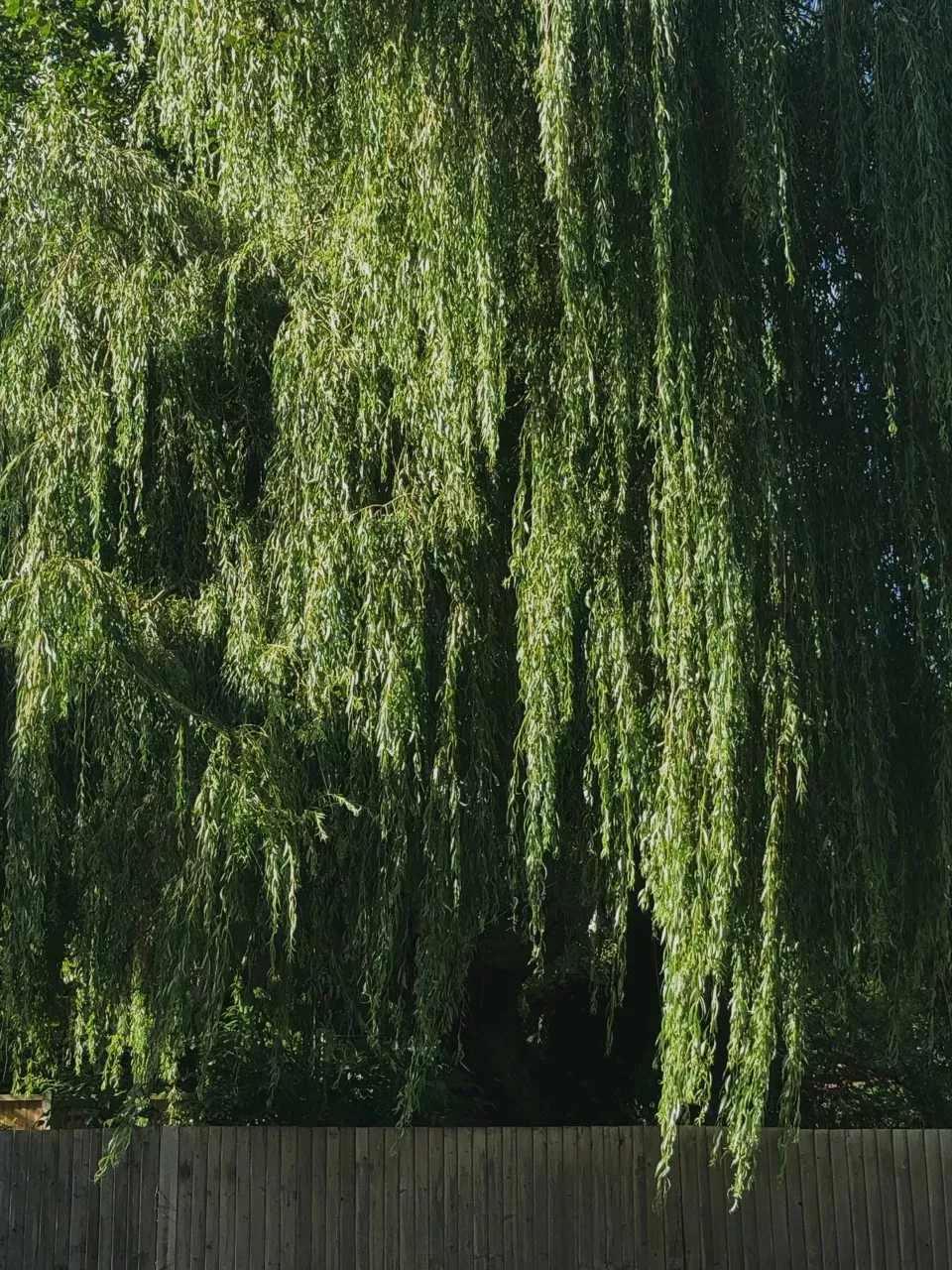

Apple trees (The Wizard of Oz)
This much-loved American musical is famous for the weird and wonderful Land of Oz.
The central character Dorothy gets transported to the mystical world after she is knocked unconscious during a tornado. From munchkins, to talking scarecrows and trees that move, she meets a whole host of creatures on her adventure.
On Dorothy's journey down the yellow brick road, she gets a fright when she goes to pick apples from the trees. The trees loudly object to being picked and start throwing their apples at her.
Apples (Malus x domestica) are one of Britain's favourite fruits. Eaten as snacks, cooked in puddings and used to make cider, they're an everyday staple ingredient. Despite this tradition, apples are not actually native to our shores.
Domesticated apple trees originally came from Central Asia. The wild ancestor of domesticated apple, Malus sieversii, can still be found growing there today.
Apples spread around the world in Roman times, and the Romans started breeding them for different tastes and sizes.
By the seventeenth century, apples were extremely popular in Britain. European colonists took apples and apple pips with them when they sailed to Canada, Australia, the US, South Africa and New Zealand.
Apple trees are very important for wildlife. Birds, such as blackbirds, like to make their nests in them and thrushes munch on the fruit when it falls to the ground. Apple trees rely on bees and other insects for pollination, and the blossoms provide important nectar.
See apple trees thriving in our Kitchen Garden.
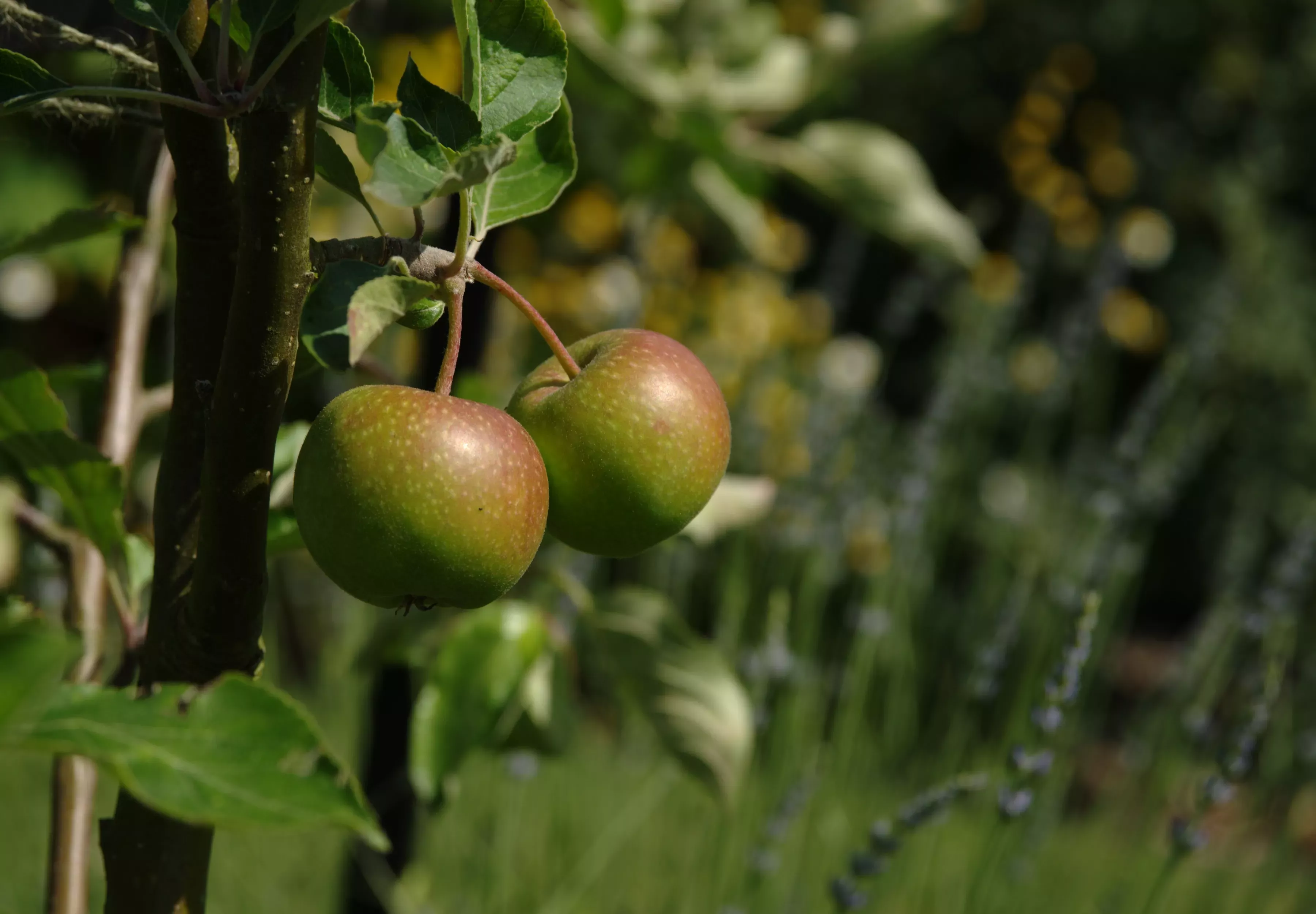
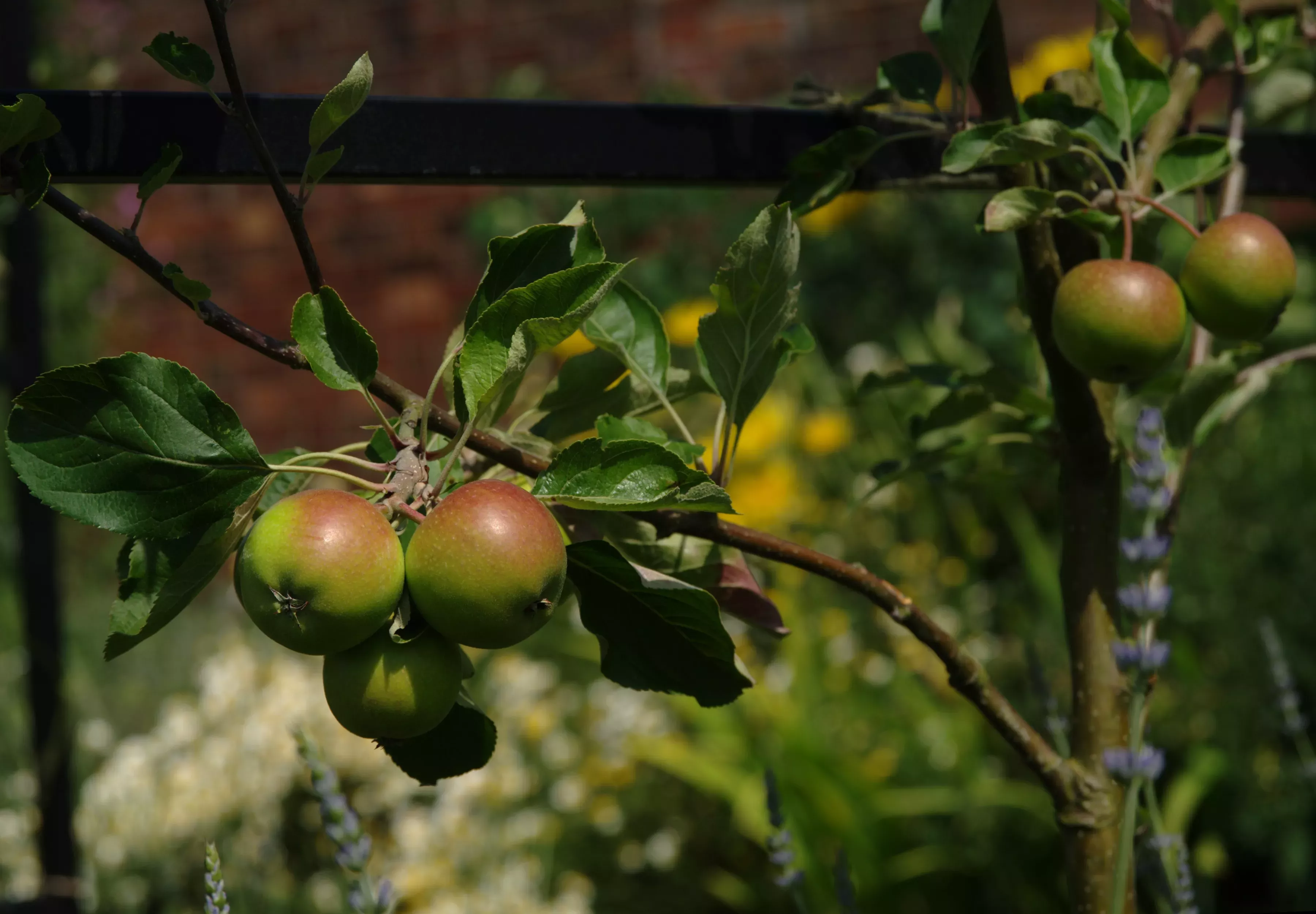
Which of these leafy characters from films is your favourite? Let us know on Kew Gardens' Facebook, Twitter and Instagram.
Visit our Gardens to meet our tree heroes and learn about their fascinating stories.


